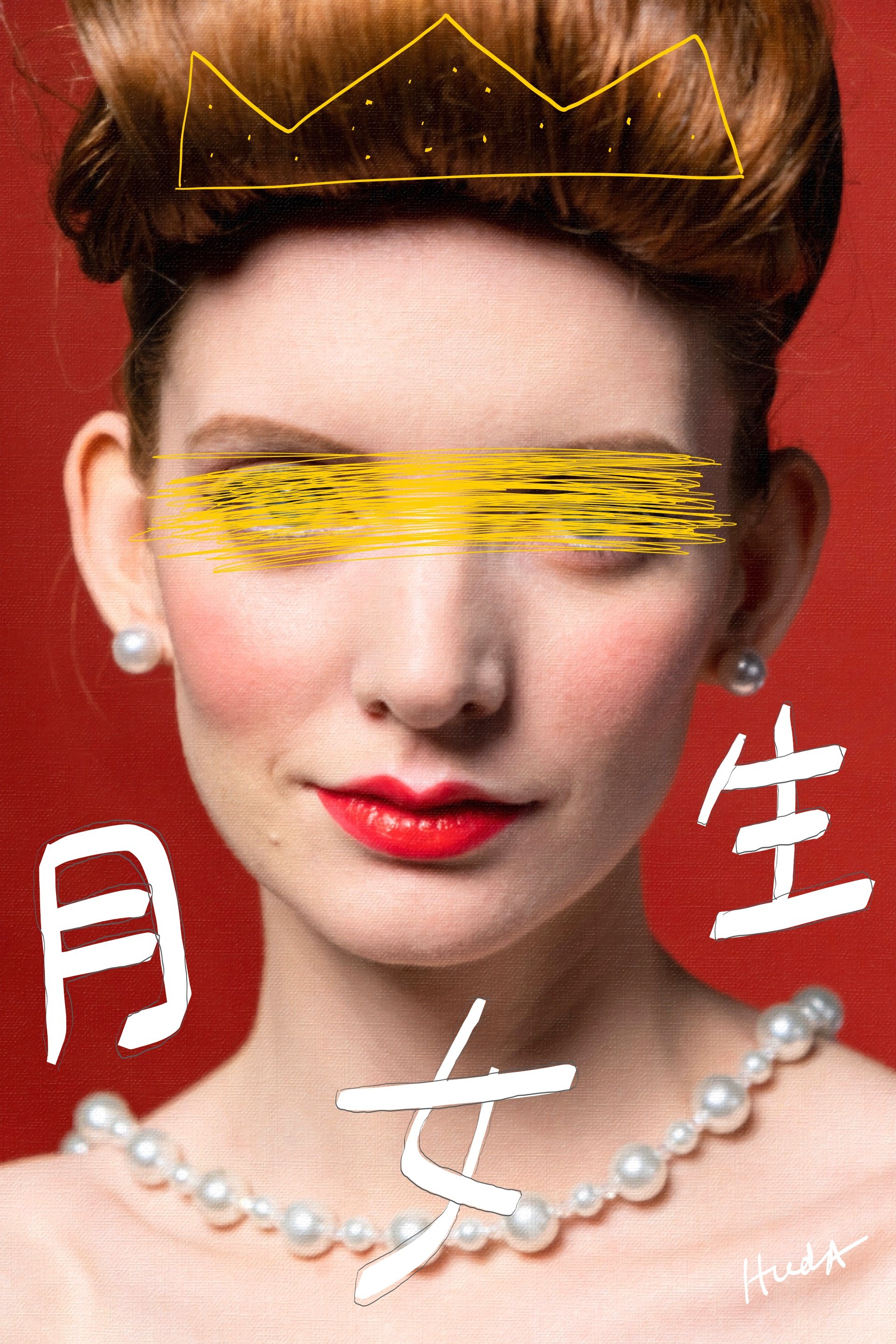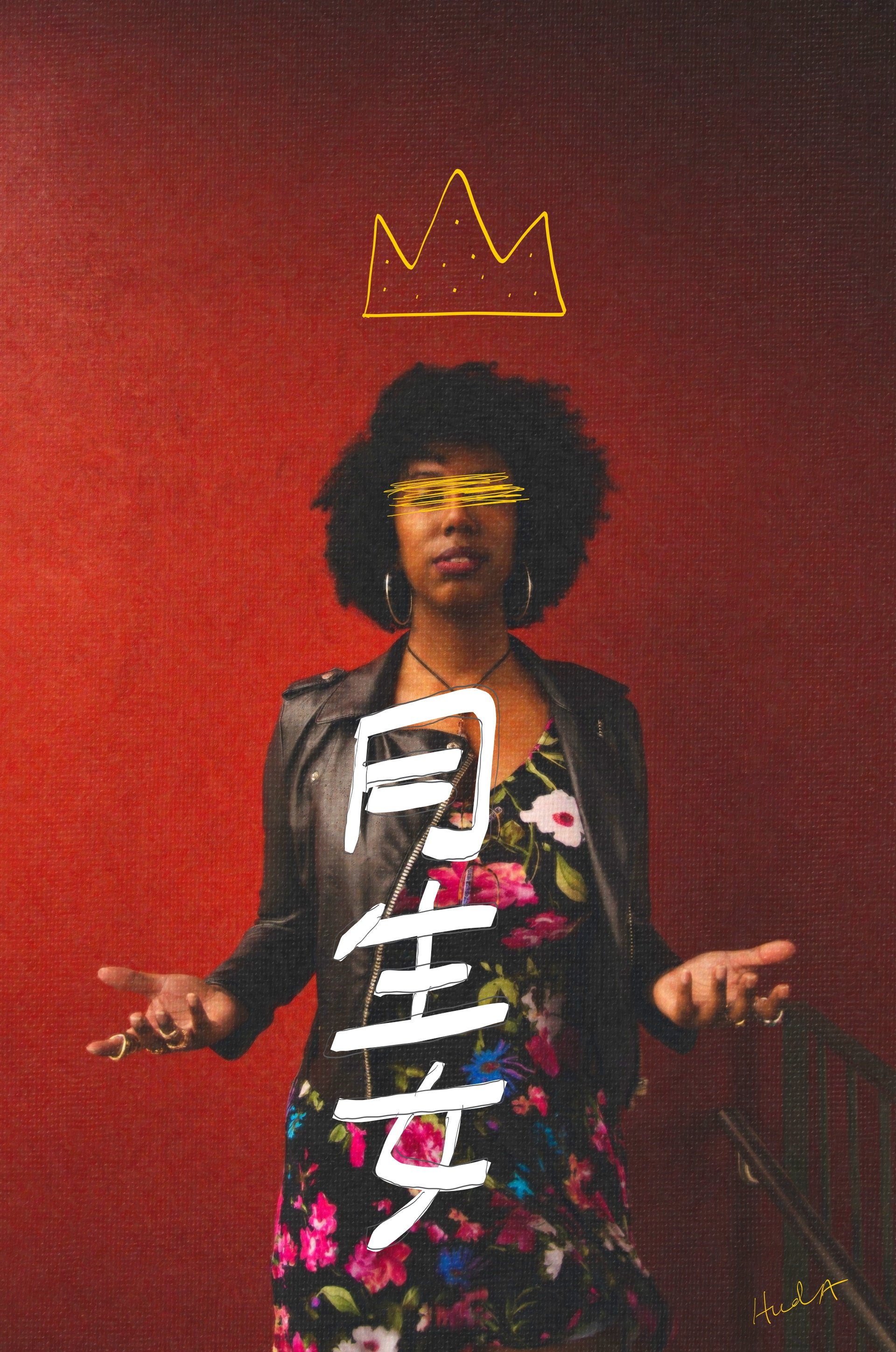How to Steal Like an Artist
I know that ideas come from another plane, you show up every day, and the muse brings them to you. But how do we actually receive them? It’s not like we can see the muse or the angel or whomever we believe in. We can’t just stand at the door with a beggar’s bowl. So what do we do? Well, we simply steal them.
It is the premise of my favorite non-fiction book, Steal Like an Artist, written by Austin Kleon - a writer who draws. If you haven’t read the book, I’d suggest you get the 10th anniversary edition of the book that was released a few weeks ago.
I knew that the idea of getting ideas and the idea of stealing ideas were intertwined, but I didn’t know how to talk about them, until yesterday when all of a sudden it became crystal clear in my head. This post is not about what’s in the book, it’s about how I applied the knowledge in the book to come up with my own ideas, it’s about the process in action. You should seriously buy the book, it’s a gift that keeps giving.
For a while now, I have been thinking about creating a series of portraits of Chinese women over the age of 27 who are not married yet to destigmatize the derogatory term Sheng nu, which means “leftover women.” This might be new for you, but for millennial Chinese women, it’s all-too-familiar concept. Women over the age of 27 who are still single, women who seek advanced education, financial freedom, and a more unconventional life path than their parents. But despite the progressive movement, the message from society remains unchanged: If you’re not married, you’re doing something wrong.
When the idea came to me, the first thing I did was Google it, and I came across a great article in Vogue. My first thought was, well it’s already been done so what’s the point. Then I remembered Steal Like an Artist. In the book, Austin Kleon mentions that everything has been said before, but it hasn’t been said in the way you will say it. Though initially I disregarded the idea of shooting these portraits, but when the muse kept bringing it back to me I couldn’t shove it aside anymore.
I spoke to over 20 Chinese female friends, and the feeling was unanimous. And here’s something amazing, one of my friends, Chloe pointed out that if we replace the first Chinese character in Sheng nu with a different same sounding character, the meaning from “leftover women” changes to “victorious women" and the funny thing is that the word for victorious women doesn’t exist in the Chinese language. I loved this idea, especially because we are not creating a new label, we are un-labeling the stigma. When a Chinese person will see the characters for victorious women 胜女, the sound of that word will make them think of the stigma attached to the other word they didn’t even see. That’s perfect, I thought. This will project an image of single women as victorious. But what will these portraits look like? I didn’t want them to look like what the Dove campaign had done with the same idea. I wanted the portraits that only I could create. This is the beauty of how an idea develops when you stick with it, when you take baby steps, when you connect the dots.
Recently I watched the Netflix series The Andy Warhol’s Diaries and then bought his photo book to study all of his portraits (something Austin Kleon also suggests in his book - to study the people that inspire you and then study the people that inspired your heroes.)
One of Andy Warhol’s portraits spoke to me, it was of Jackie Kennedy, what stood out the most was the red background. In Chinese culture, red is one of the most important colors. It is regarded as the symbol of energy, happiness, and good luck.
I will use a red background for all the portraits, I decided.
Then the other day, I watched the Netflix series The Crown, and I wondered who came up with the idea of royalty. Someone must have wanted to control the people, so they said, let’s call ourselves Kings and Queens and wear this piece of jewelry on our head, and then people will follow us. Well it worked, but anyways I am not talking about the politics behind it, I am talking about the symbol of the crown and its power.
I can put a crown on my subjects! I thought.
Red Jackie. 1964. Andy Warhol.
Then I Googled which artists have used crown as symbolism in their work and I couldn’t believe who was on the top of the list. It was Jean-Michel Basquiat, the artist who was one of the secondary characters in The Andy Warhol’s Diaries series. When I looked at some of his work that featured the crown, there was an image that stood out. Guess what? The background was red, and I immediately knew that this is how you steal like an artist. But instead of the 5-point or the 4-point crowns in Basquiat’s work, I decided to draw a 3-point crown on my subjects to signify the W for women.
Red Kings. 1981. Jean-Michel Basquiat.
The fact that all these revelations, these ideas, these concepts were intertwined made my conviction even stronger that they were brought to me by the muse, but without the methods described in Austin Kleon’s book, I couldn’t have come up with what I really wanted to do with those ideas.
I believe these revelations, these aha moments, these gems are gifts from the Universe, and gifts must stay in motion.
So I wanted to start shooting right away, but we are currently in lockdown due to the new COVID cases in Shenzhen, the city I’m in. So in the meantime, I decided to create a sample, to see what my concept would look like. First I needed portraits with red background, so I searched on Pexels and found royalty-free images from a few photographers (a huge thank you to those artists for sharing their gifts for free). Then I transformed those images on canvas using digital oil paints. After that I drew crowns and the typography 胜女 (victorious women) on them.
Here are a few samples of what I created:
image 1: original photograph taken by cottonbro image 2: original photograph taken by Jacob Prose
I am really excited to continue working on this idea. As soon as China opens up, I will start shooting. For now, I will work on the other components and keep playing with the typography, the crown, and the colors.
I wanted to share this process with all of you, in the hopes that this will help you in your work. I love being an artist. I love how magical creativity is. And I love that I get to do what I do. Remember, creativity is a gift from God, and your use of it every day is a gift back to God, to Goddess, to the Universe. So show up every day, do the work, receive the ideas, and create what you are here to create.
You are gifted for a reason, so use the gift, because the gift must stay in motion.



